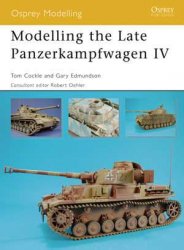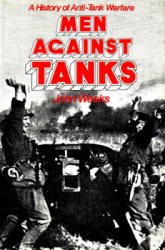On May 10, 1775, the day Ticonderoga fell, the Second Continental Congress met in Philadelphia. It was a distinguished group, more radical than the First Congress. Besides John and Sam Adams, Patrick Henry and Richard Henry Lee of Virginia, and Christopher Gadsden of South Carolina (all holdovers from the First Congress), there was Thomas Jefferson, a lanky, sandy-haired young planter from Virginia. Jefferson had recently published “A Summary View of the Rights of British America,” an essay criticizing the institution of monarchy and warning George III that “kings are the servants, not the proprietors of the people.” The Virginia convention had also sent George Washington, who knew more than any other colonist about commanding men and who wore his buff-and-blue colonel’s uniform, a not-too-subtle indication of his willingness to place this knowledge at the disposal of the Congress. The renowned Benjamin Franklin was a delegate, moving rapidly to the radical position.
The Boston merchant John Hancock was chosen president of the Congress, which, like the first, had no legal authority. Yet the delegates had to make agonizing decisions under the pressure of rapidly unfolding military events, with the future of every American depending on their actions. Delicate negotiations and honeyed words might yet persuade king and Parliament to change their ways, but precipitate, bold effort was essential to save Massachusetts.
In this predicament the Congress naturally dealt first with the military crisis. It organized the forces gathering around Boston into the so-called Continental army and appointed George Washington commander-in-chief. After Washington and his staff left for Massachusetts on June 23, the Congress turned to the task of requisitioning men and supplies.




 World History
World History









